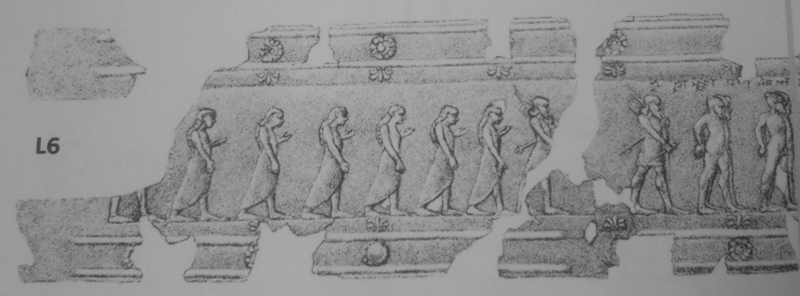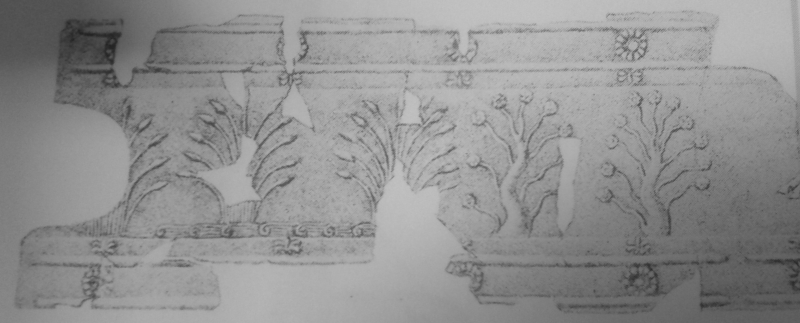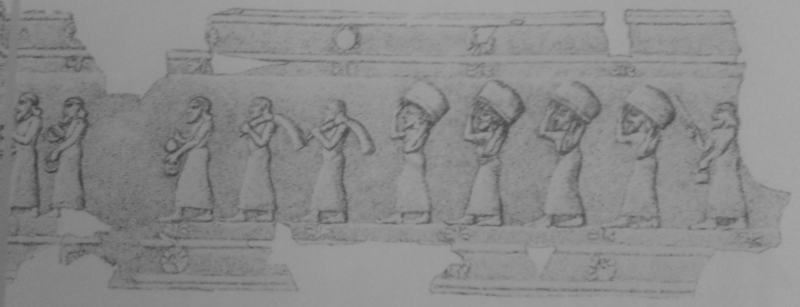The discussion last week I felt was particularly productive. The concept of Neo-Assyrian royal ideology is a deep and productive topic for investigation. You are blessed with a prolific amount of sources in a variety of media, both first-person but also in received sources such as the Hebrew-Bible and other contemporary traditions. One of the principal question when dealing with royal ideology is reception. We talked a bit this week, but also in the previous discussion, about who actually receives the message and how. The Balawat gates served as an interesting look into a different form of plastic ideology in a different medium than the stone reliefs usually studied.
To briefly turn to the reliefs though, we spent time discussing Ataç's in-depth look at the reliefs and his various conclusions and inferences based on their iconography and positioning. His arguments were very interesting but I think we agreed that at times they either stepped over bounds or lacked evidence. The binary relationship between lion and bull stands out as a particularly astute observation and well sourced in the material. One argument I had trouble taking on was the orientation of the rosette bracelets on the wrists of the genie's and their meaning when "surrounding" a sacrificial gazelle. Much of art is as much situational as meaningful, placement is both a physical reality and a venue for meaning. There are practicalities involved in representing events. Ataç makes much of the king having more soldiers behind him during the lion libation scene, thus indicating its military nature. I think this is probably a likely interpretation however we must also take into account the fact that the king having just killed a lion (more dangerous than a bull) would naturally have more soldiers around him at that very moment. So, while the artist may not be representing the true reality he is influenced by the current make up of the scene before him.
But to return to Balawat, I was struck by the mobile nature of this venue for royal ideology. The stone reliefs and obelisks are very stationary and although the obelisks can be set up outside the palace, they never move from their resting place. The gates on the other hand do move, and in large frequent ways. Their monumental character and their location necessitated their very movement as a element of performance. In addition the shiny nature of their material would have attracted attention to their bands as they moved through perhaps the sun's rays. The section of the bands on the flat portions of the doors would have moved in a linear fashion not rotation but receding. The portion of the bands on the door posts however would have rotated and come in and out of view with the movement of the door as a whole. It was then my intention to study this portion of the bands for simplistic repetitive designs that would suit a rotating surface well.
under construction...
 Fig. 1: Procession of female prisoners.
Fig. 1: Procession of female prisoners.
 Fig. 2: Flowering rushes and shrubs by water.
Fig. 2: Flowering rushes and shrubs by water.
 Fig. 3: Procession of tributaries.
Fig. 3: Procession of tributaries.
